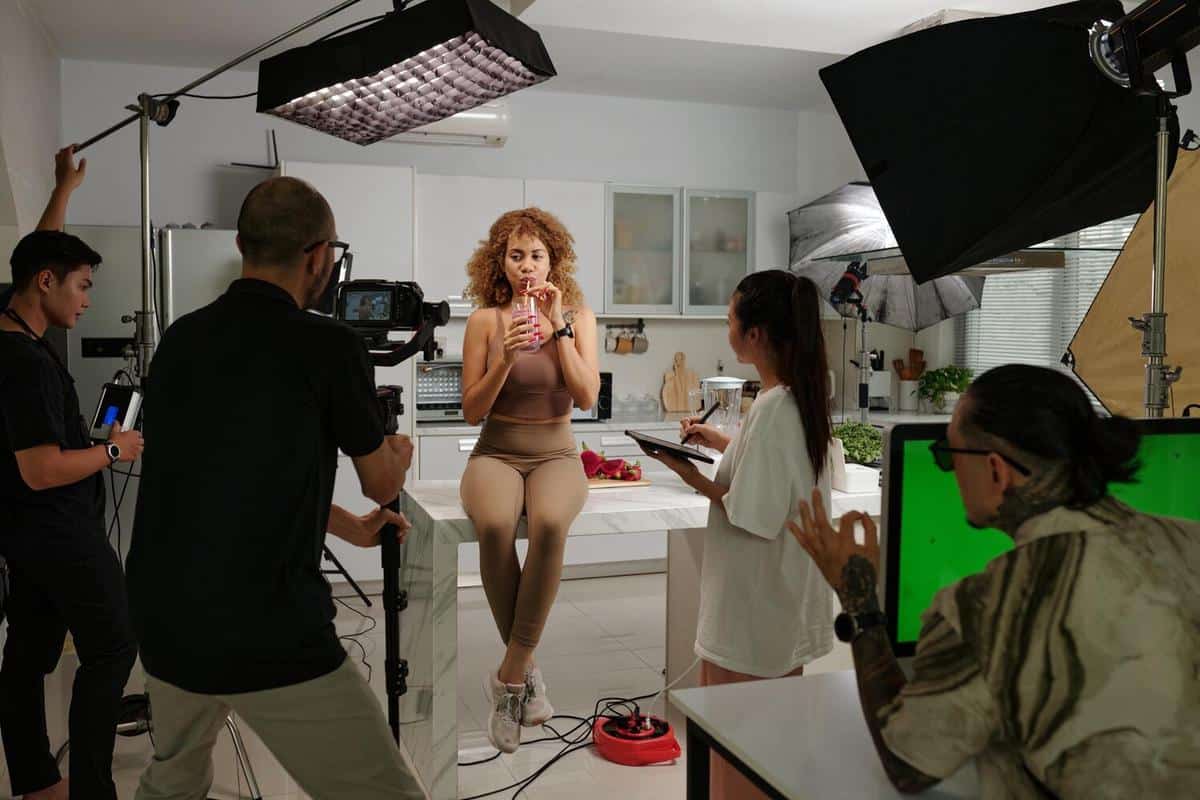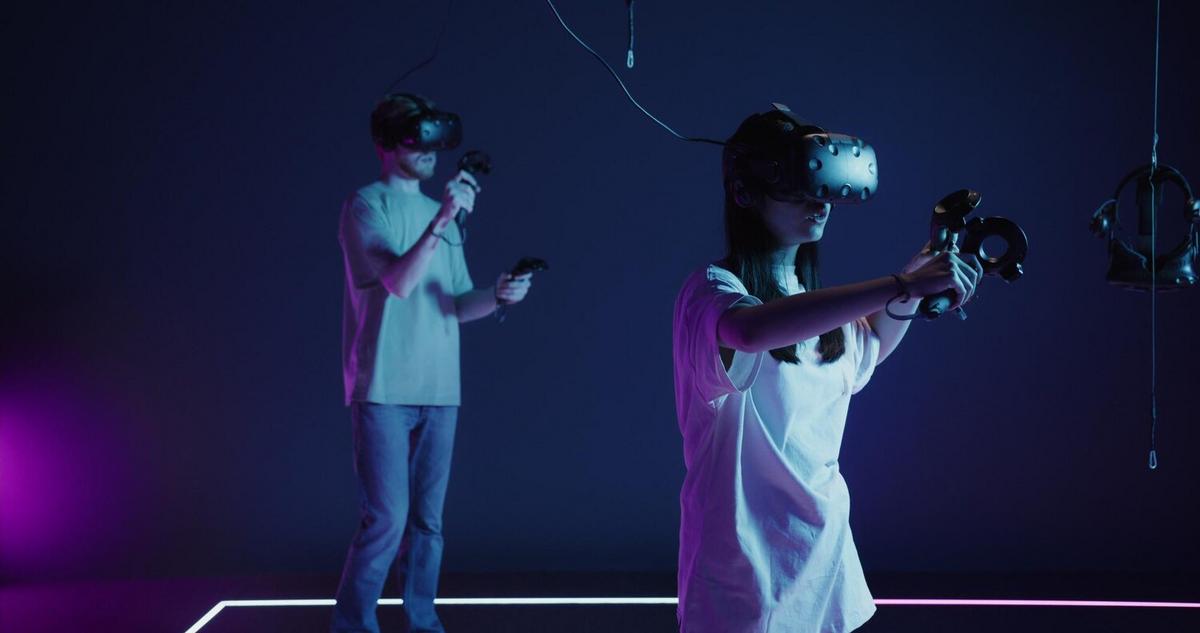
Lighting Tips to Improve Your Video Quality Instantly
Lighting can make or break the quality of your video content. Whether you’re a budding filmmaker or a seasoned content creator, mastering the art of lighting can elevate your videos from amateur to professional. In this guide, we’ll explore practical and effective lighting tips to enhance your video quality instantly.
Understanding the importance of lighting in video production is crucial. According to a study by the Academia, well-lit videos are perceived as 50% more professional and engaging by viewers. Let’s dive into some expert recommendations and practical tips to help you improve your video lighting.
Types of Lighting
There are three primary types of lighting you should be familiar with: Key Light, Fill Light, and Back Light. These three form the foundation of a standard three-point lighting setup, which is essential for creating depth and dimension in your videos.
Key Light
The key light is the main source of light in your setup. It should be the brightest and placed at a 45-degree angle to your subject. It creates the primary illumination and casts shadows.
Fill Light
As the name suggests, the fill light fills in the shadows created by the key light. It’s typically softer and less intense, placed on the opposite side of the key light.
Back Light
This light adds depth by separating the subject from the background, creating a rim of light around the edges.
Practical Tips for Better Lighting
- Use Natural Light: Whenever possible, take advantage of natural light. Position your subject facing a window for soft, even illumination.
- Invest in Softboxes: Softboxes diffuse light, reducing harsh shadows and creating a flattering look.
- Adjust White Balance: Ensure your camera’s white balance is set correctly to match your lighting conditions, avoiding color casts.
- Control the Environment: Use curtains and blinds to adjust natural light and minimize reflections and glares.
Lighting Table
| Type | Purpose | Position | Intensity |
|---|---|---|---|
| Key Light | Main light source | 45-degree angle | High |
| Fill Light | Softens shadows | Opposite key light | Medium |
| Back Light | Separates subject | Behind subject | Low |
| Natural Light | Soft, even light | Face window | Varies |
| Softbox | Diffuses light | Near subject | Medium |
| Reflector | Bounces light | Opposite light source | Low |
| LED Panels | Flexible lighting | Various positions | Adjustable |
| Ring Light | Even lighting | Around camera lens | Adjustable |
Frequently Asked Questions
What is the most important light in a three-point setup?
The key light is the most important as it sets the overall exposure and creates the primary illumination.
Can I use household lamps for video lighting?
Yes, but ensure they provide consistent color temperature and consider using diffusers to soften the light.
How can I avoid shadows in my video?
Use a fill light to soften shadows and adjust the position of your lights to minimize harsh contrasts.
Is natural light enough for professional-quality videos?
Natural light can be excellent, but it may need to be supplemented with artificial lights for consistency and control.
Improving your video lighting doesn’t have to be complicated or expensive. By understanding the basics and implementing these tips, you can significantly enhance the visual quality of your content. Remember, lighting is an art form, and experimenting with different setups will help you find the style that suits your creative vision. For more detailed guides and resources, check out our Video Production Portal.


